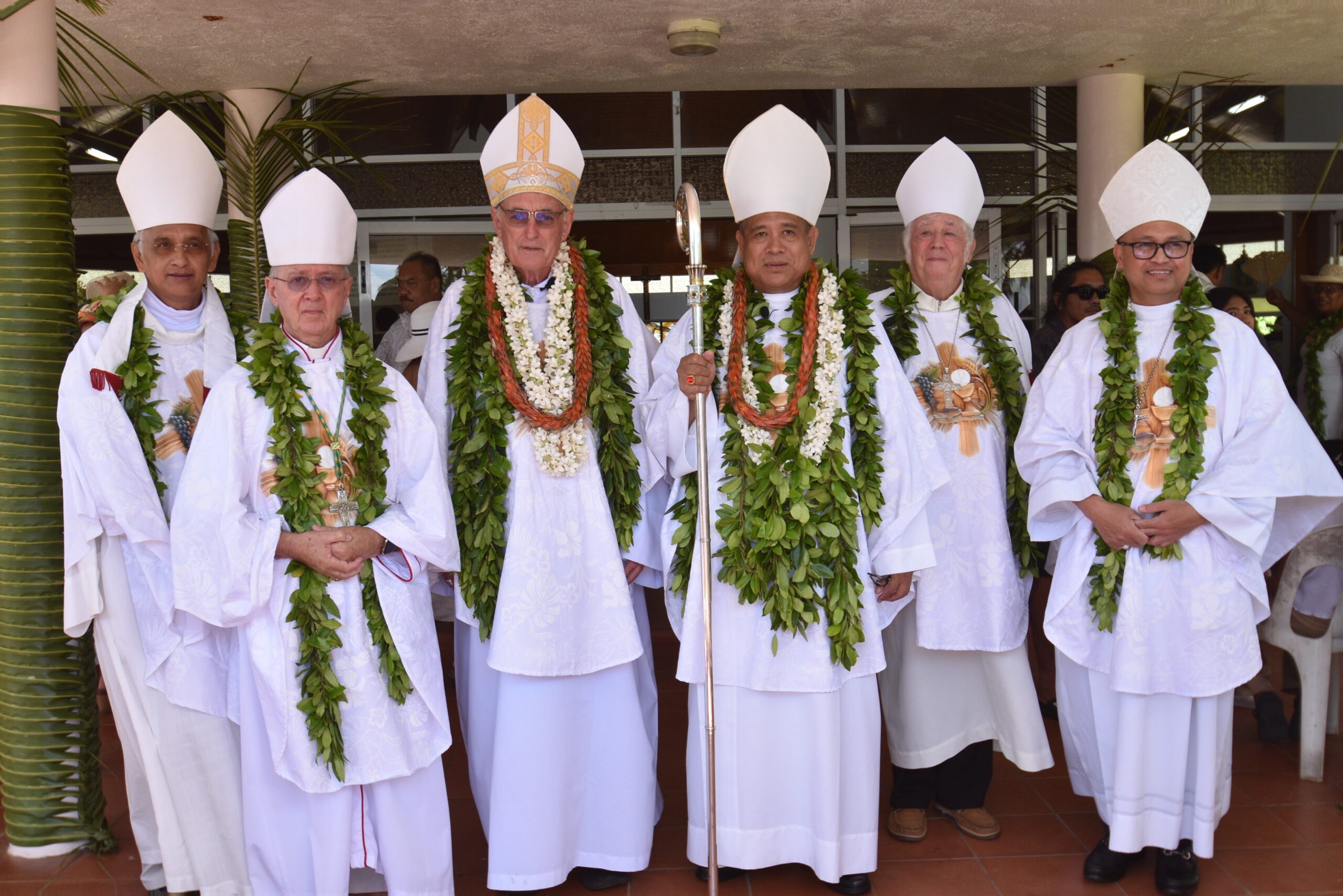Ruta Mave: A balancing act of diversity and protection
Monday 24 July 2023 | Written by Ruta Tangiiau Mave | Published in Editorials, Opinion

Ruta Tangiiau Mave. Photo: CI NEWS
As immigration works to diversify, protect and control the number of workers into our country and culture, the parallels to the myna bird are many, writes Ruta Mave.
It is quiet on the back road except perhaps at 4am when the roosters start crowing and during the day when farmer Moate takes his tractor along the road and all the dogs have something to say about it. Occasionally, the weed eater’s lawn mowers or hedge cutters cut into the revery which is to be expected especially on a Saturday, so it was quite noticeable when the rumble of heavy equipment rolled along the Ara Metua and started clanging and banging with diggers, dump trucks and the like.
The growl of the chainsaw biting into the tree echoed off the mountains and the ripping of the final strands holding the mighty trunk turns my head, as I heard the fall of the canopy swoosh through the air as it thumped onto the ground from its once proud and noble height. It was the first of many. Over the next days the air resounded with wails of chain on wood biting into the soft and hard wood of vintage coconut palms and mighty mango groves. The sound of progress – will it be residential or agricultural? One thing is sure it is clear and open and the evidence of life has been removed with only stumps left holding the river bank.
It was at this time I noticed a change in the air with flocks (is the correct word) but it seemed more like a swarm of myna birds arcing over the sky and swooping into my section chattering and arguing like they do. Suddenly, I was only too aware of the volume of chitter chatter around me, it appeared to be several decibels higher than normal. A rush of wings would ignite another flight of many wings and beaks up over and around to come back to the nearest mango tree, where fights and calls of indignation rang out.
Only then I realised the cause of this phenomenon was the loss of residency for the myna birds with the recent cutting of trees. They had nowhere to live and as a disbanded group of refugees if you will, they were looking to find a new life in a new tree. As a group together with a sense of desperation to find a place to call home again, they were not worried about the roosting ethics of social distancing that was usually enforced by each myna family, instead the displaced were happy to take whatever space there was and adapt, make do and survive. As a species they mate for life and they are prolific breeders which upon other things has ranked them one of the top 10 invasive birds in the world.
It made for a rather noisy and intense time as the swarm tried to fit in, and the local resident myna birds of this tree tried to maintain their sense of normality or preference of social distancing, the cost of sharing their space was too much. The myna bird species is an aggressive one known for kicking other birds out of their nests and move in. It certainly has been a problem here in the Cook Islands where they have taken up the space once held by our local varieties. You can still see some local birds but not as often as tourists would like and not as prolific as the introduced myna.
The story of the myna was one of need in 1905 when they were first brought over to eat the coconut stick insect who was decimating the coconuts and palms – they were declared a protected species. It was all for good intention, they were brought over from their native lands of Asia and it was hoped the plague of stick insects and paper hornets – wasps – would disappear with the insect eating myna’s. Unfortunately, although warned, the assumption the myna are carnivores was not true, they are omnivores which means they eat bugs, meat and fruit. This meant the paw-paw, mangoes and banana production came under threat as well.
It is one of those ecological disasters where a species is brought in to do a job and although they start off doing such, they soon find there are other more favourable things to do and so combined with their natural cultural ways they start to take over the local haunt’s habitats and public profile.
An eradication programme was undertaken in Atiu to remove all the myna birds to ensure the safe haven for our local birds, it has been successful in protecting the diversity of local bird life but the insects are making their way back. What to do?
As immigration works to limit, diversify, allow, protect and control the number type and status of workers, visitors and financial investors into our country, community and culture, the parallels to the myna are many. What to do?









































